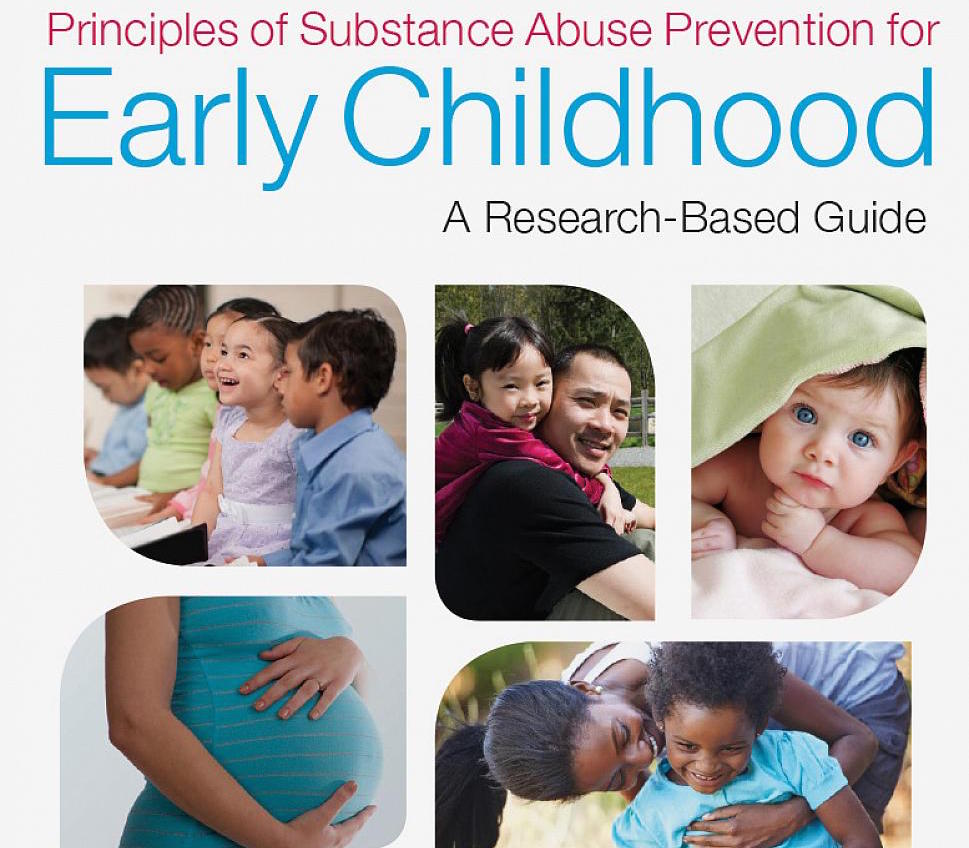
The National Institute on Drug Abuse (NIDA) has released an online guide that details how interventions in early childhood can help prevent drug use and other unhealthy behaviors.
By addressing key influences on a child’s early development such as lack of school readiness skills, insecure attachment issues, and signs of uncontrolled aggression, the Principles of Substance Abuse Prevention for Early Childhood guide provides parents and caregivers with the tools needed to improve prevention efforts. The guide highlights the importance of focusing on a child’s most vulnerable periods during sensitive transitions, such as a parents’ divorce, moving to a new home, or starting school.
The NIDA describes several principles that they have found affects a child’s self control and overall mental health, developed by testing prevention programs aimed at a child’s first eight years of life. The guide shows how parents can help reduce the risk factors, which often open the door to later substance use disorders and mental health problems.
“Thanks to more than three decades of research into what makes a young child able to cope with life’s inevitable stresses, we now have unique opportunities to intervene very early in life to prevent substance use disorders,” said NIDA Director Dr. Nora Volkow.
The researchers identified biological, psychological, social, and environmental roots of substance use that exist even before birth. Since early environments help shape a developing brain, negative environments often make a child more prone to substance abuse. Not surprisingly, the guide points to strong evidence that a stable home, adequate nutrition, physical and cognitive stimulation, and supportive parenting lead directly to more positive outcomes.
“Infancy, toddlerhood, and the first years of school are hardly a time most people associate with drug use,” wrote Dr. Volkow in a blog post Wednesday. “But aspects of family, school, and community environments during this crucial window of human development can set the stage for the social, emotional, behavioral and academic problems that, a decade or more later, may take the form of increased risk-taking and experimentation with substances like alcohol, cigarettes, or illicit drugs.”
Two supplemental sections for policymakers, educators and treatment professionals go into greater detail on how to design and implement such interventions. There is a recognition that strategies need to be vetted to address a community’s specific needs.
“Intervening in the first years of a person’s life can be an effective lever to set kids on a positive course and hopefully reduce the terrible toll associated with drug use and addiction,” Dr. Volkow concludes.
